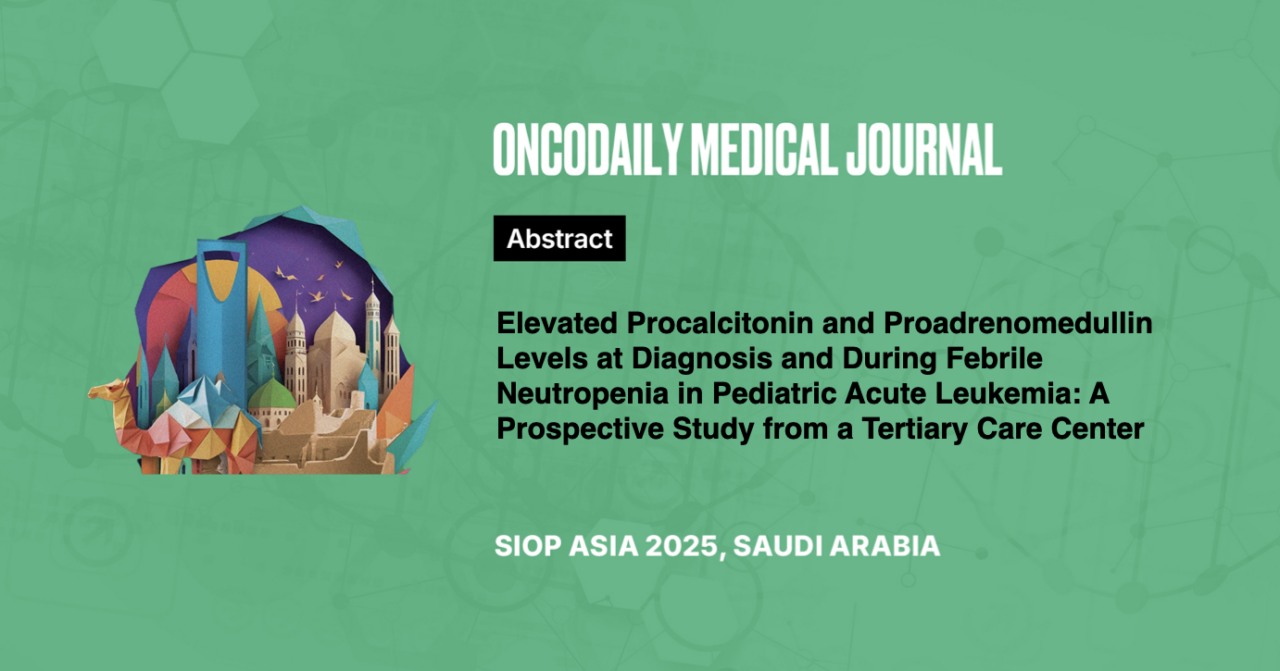Elevated Procalcitonin and Proadrenomedullin Levels at Diagnosis and During Febrile Neutropenia in Pediatric Acute Leukemia: A Prospective Study from a Tertiary Care Center
Abstract
Introduction: Serum procalcitonin (PCT) and proadrenomedullin (ProADM) are widely utilized biomarkers for diagnosing bacterial infections. The relationship between acute leukemia diagnosis and PCT and ProADM remains unexplored. The primary objective was to investigate PCT and ProADM at the time of acute leukemia diagnosis, and the secondary objective was to compare PCT and ProADM at the presentation of FN with an acute leukemia diagnosis.
Methodology: Children ≤18 years of age with newly diagnosed acute leukemia were enrolled. Blood samples were collected for PCT and ProADM at the time of diagnosis before starting chemotherapy and at the presentation of febrile neutropenia (FN) (D1) after chemotherapy. The PCT of more than ≥ 2.5 ng/ml and ProADM ≥ 0.18 nmol/L were considered significant.
Results: This study recruited 80 children with acute leukemia patients. The cohort’s median age was 5 years (IQR: 3; 7 years), and males were predominant. The ALL was 67.5 %, and AML was 32.5%. The commonest presenting symptoms were fever 87.5%, anorexia 56.3%, bleeding 27.5%, lethargy 25%, and abdominal pain 26.3%. The mean hemoglobin was 7.7(2) gm /dl, the median TLC was 9600 (3400-27300 (/mm3), the median ANC 750 (283-2000 /mm3), and median platelet count was 33000 (16000-56500(/mm3).
In the whole cohort, the median PCT was 0.19(0.07-0.54 ng/ml), and the median ProADM was 0.04(0.01-0.07 nmol/L). Out of 80 patients with acute leukemia, we analyzed blood samples from 32 patients who developed febrile neutropenia (FN) and compared them with baseline samples before the start of chemotherapy. The median levels of PCT (P=0.03) and ProADM (<0.001) were significantly higher at the time of FN compared to leukemia diagnosis. Splenomegaly was the only determinant associated with elevated PCT at leukemia diagnosis (P=0.010).
Conclusion: Although PCT and ProADM are proinflammatory markers, their levels are significantly higher during febrile neutropenia than during acute leukemia diagnosis.





